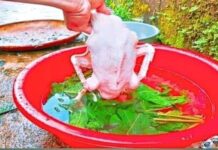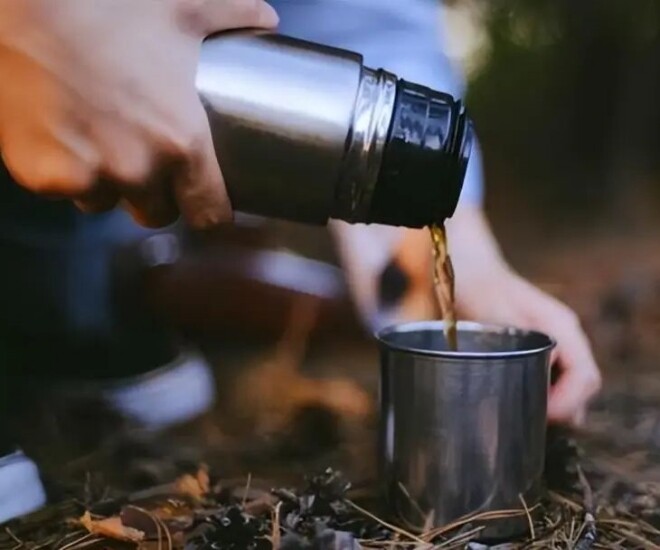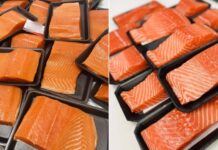Choosing the wrong thermal flask can not only fail to provide health benefits but also harm your health. On multiple occasions, programs on China Central Television (CCTV) have warned about this issue, emphasizing that hot water poured into a thermal flask can become “poison” if the flask is of inferior quality or used incorrectly.
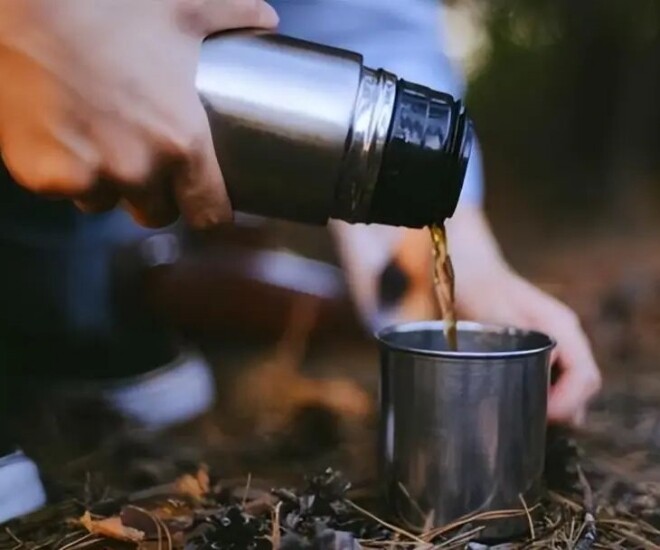
Risks of Using Low-Quality Thermal Flasks
Thermal flasks have a double-walled structure with a vacuum space between the stainless steel layers. The vacuum space does not conduct heat, helping to maintain a stable internal temperature, while the lid is designed to minimize heat convection. Some manufacturers also coat the inner surface with copper or silver to enhance heat retention. Due to this structure, thermal flasks excel at keeping both hot and cold beverages at their desired temperatures by preventing external heat from entering.
However, a recent inspection by CCTV found that 40% of 50 randomly purchased thermal flasks from the market did not meet quality standards. The inspection revealed that these flasks contained high levels of heavy metals such as nickel, manganese, and chromium. If used to hold hot water or acidic liquids, these flasks could easily release toxic substances, posing a significant threat to your health.
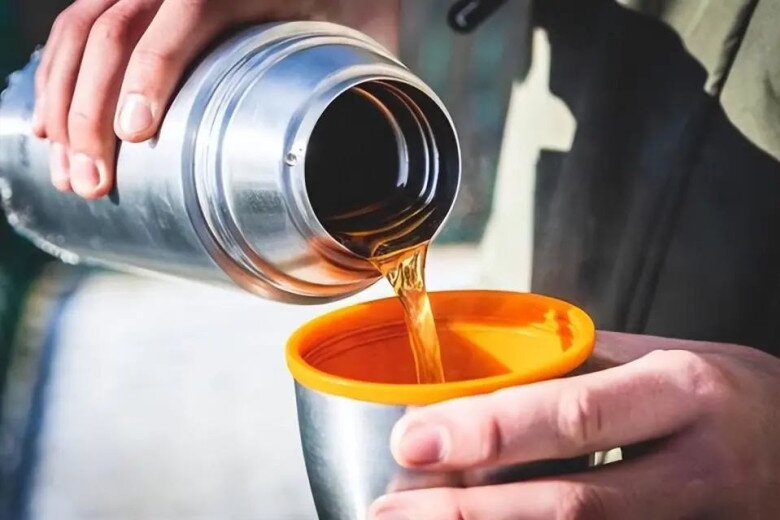
Experts warn that exposure to high levels of heavy metals can severely damage children’s nervous systems and intelligence. Specifically, long-term use may negatively affect their development and even pose a danger to their lives.
Some consumers have experienced health issues after prolonged use of low-quality thermal flasks, exhibiting symptoms such as loss of appetite, weight loss, and fatigue. Upon examination, they were found to have dangerously high levels of heavy metals in their bodies, causing harm to their livers, kidneys, and other organs. This underscores the seriousness of exposure to substandard materials during product usage.
Additionally, some thermal flasks and cups have inadequate sealing mechanisms. Even with the lid tightly screwed on, boiling water can still spill out. If not careful, you may encounter the risk of scalding.
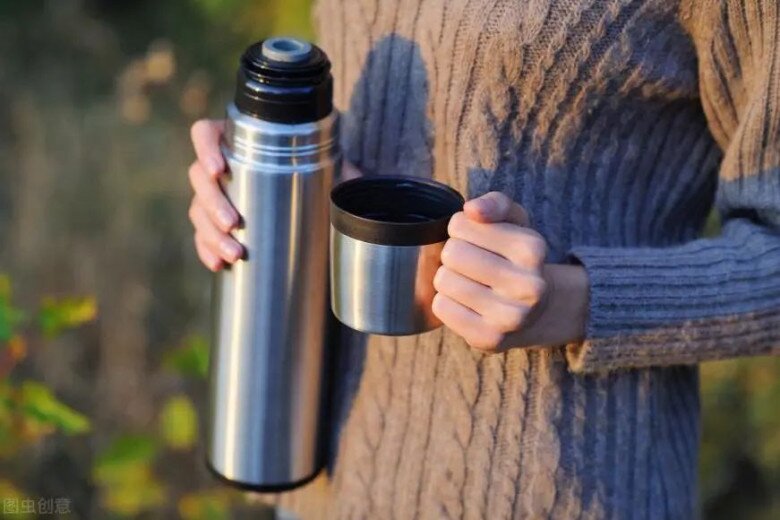
Guidelines for Purchasing Thermal Flasks to Ensure Safety
– Avoid choosing stainless steel grade 201
To ensure safety, consumers should pay attention to the material of the thermal flask, especially the inner lining. Typically, the inner layer of a thermal flask is made of stainless steel, with three common grades available in the market: 201, 304, and 316. Grade 201 has a high manganese content but poor corrosion resistance. Despite its low price, if used as the inner lining of a thermal flask, it can lead to manganese leakage, adversely affecting human health.
Grade 304 stainless steel meets food safety standards, containing 18% chromium and 8% nickel, and offers good corrosion resistance. However, it can be susceptible to pitting corrosion when exposed to substances containing chlorine ions. Grade 316 is an improved version of 304, with the addition of molybdenum, which further enhances its corrosion resistance. Nonetheless, grade 316 is more expensive and is typically used in medical and chemical fields. Therefore, when purchasing a thermal flask, it is advisable to opt for one made with grade 304 or 316 stainless steel.
However, don’t just rely on the number printed on the flask. Check the label to ensure it complies with the GB 4806.9—2016 food safety standard. Some flasks may be labeled as grade 304 but do not actually meet this standard.

– Avoid purchasing scratched or damaged flasks
Both the inner and outer surfaces of the flask should be smooth and free from scratches, dents, or sharp edges. The welds should also be seamless. Additionally, refrain from buying a flask with an unpleasant odor.
– Avoid flasks with poor heat retention and inadequate sealing
To test the heat retention of a thermal flask, you can perform a simple experiment. Fill the flask with hot water, tightly secure the lid, and let it sit for a while. Then, touch the body of the flask; if it feels cool, it indicates that the flask is functioning correctly. On the other hand, if the flask feels warm, it suggests poor heat retention. A high-quality thermal flask can maintain its temperature for 6 to 12 hours.
Next, invert the flask for 4-5 minutes to check for leaks. If no leakage occurs, the flask has a good seal.
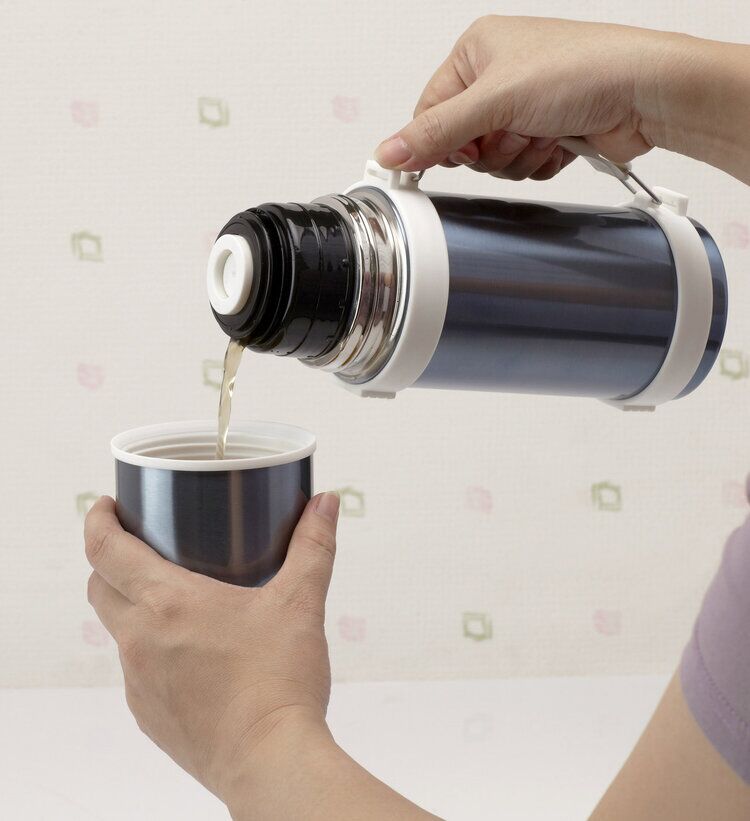
Important Considerations When Using Thermal Flasks to Avoid Contaminating Your Drink
– Sanitize your new thermal flask before first use
Before using a new thermal flask, it is crucial to thoroughly clean and sanitize it. During the manufacturing, transportation, and storage processes, the flask may accumulate dust, bacteria, and impurities. If not properly sanitized before use, these contaminants can find their way into your body through the liquids you consume.
To clean a new thermal flask, carefully wash the inner lining, lid, and rubber gasket with warm water and a mild detergent. Then, rinse thoroughly with clean water. Afterward, fill the flask with boiling water, secure the lid, and let it sit for 15-20 minutes to disinfect the flask.
– Be mindful that not all liquids are suitable for thermal flasks
It is important to note that not all liquids are suitable for storage in a thermal flask. Specifically, you should avoid brewing tea in a thermal flask. Other beverages to avoid include herbal remedies, salty drinks, acidic beverages, carbonated drinks, and milk.
The Hidden Dangers of Four Seemingly Safe Foods: Low in Chemicals, but Prone to Parasitic Infection
Prioritizing fresh and chemical-free food for your family’s meals is commendable, but it’s important to be aware of the hidden dangers lurking in seemingly harmless foods. Unbeknownst to many, certain foods, if not prepared properly, can pose a serious risk of parasitic infections, particularly from worms. It is crucial to be vigilant and informed to safeguard your family’s health.
The Ancient Heart of Phu Tho: Unveiling a 300-Year-Old Marketplace, a Vibrant Legacy and Pride of the “Land of Ancestors”
The Xom Market has a long history, nestled on the banks of the Lo River. It served as a bustling hub for trade and exchange between the lowland and upland regions, and the East and West lands. Since the Ly Dynasty, Xom Market has thrived as a vibrant commercial center, comparable to other prominent markets along the Thanh Giang River (now known as the Lo River), such as Trang Sao, Ben Doc, Tam Son (Ben Then), and Ben Gom.











